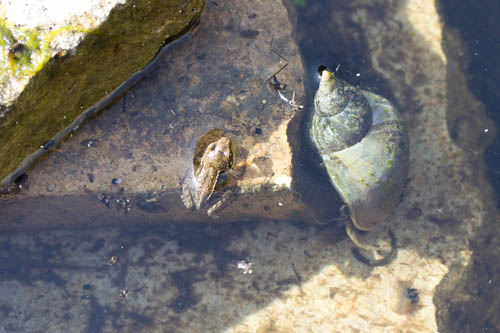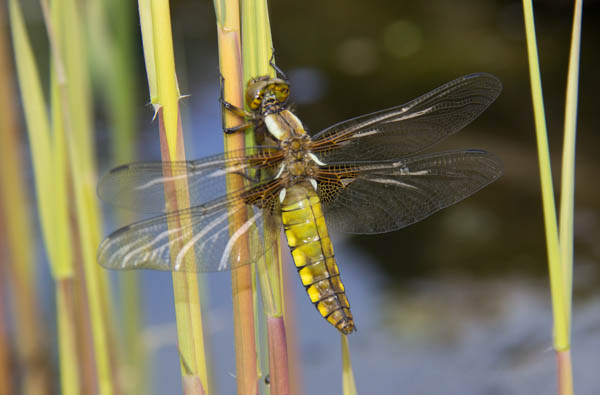Hello – and thanks for reading my blog, which has been going since February 2013. I’m now ceasing to add to it, though the existing posts will stay up.
It really started as a gardening blog, but it soon became clear that the popular pages were about wildlife, so I stuck to that subject, and I now feel I have written myself out. The wildlife that appears in the garden tends to be the same each year, and I don’t want to bore you by repeating myself.
I will leave you with one bit of news – we’ve had a grass snake in the garden! He/she appeared under the plastic trays we keep down to attract slow worms: I had a bit of a shock when I lifted the tray to find him. It stayed around for about three weeks, but we haven’t seen it very recently. It is nice to have it, but I hope it doesn’t empty the wildlife out of the pond: hopefully, it will stay up the other end of the garden. Someone I was talking to about it said they knew when their grass snake had arrived in the pond because they saw all the frogs hopping out!
I’ll leave you with one photo I’ve never shown you, from a few years ago when we had a bumper year for slow worms.
DO NOT SCROLL DOWN IF YOU DON’T LIKE PICTURES OF “SNAKES”. Slow worms aren’t snakes – they are legless lizards, but they have much the same effect on those who are scared of snakes.
Goodbye – and happy wildlife gardening!



























